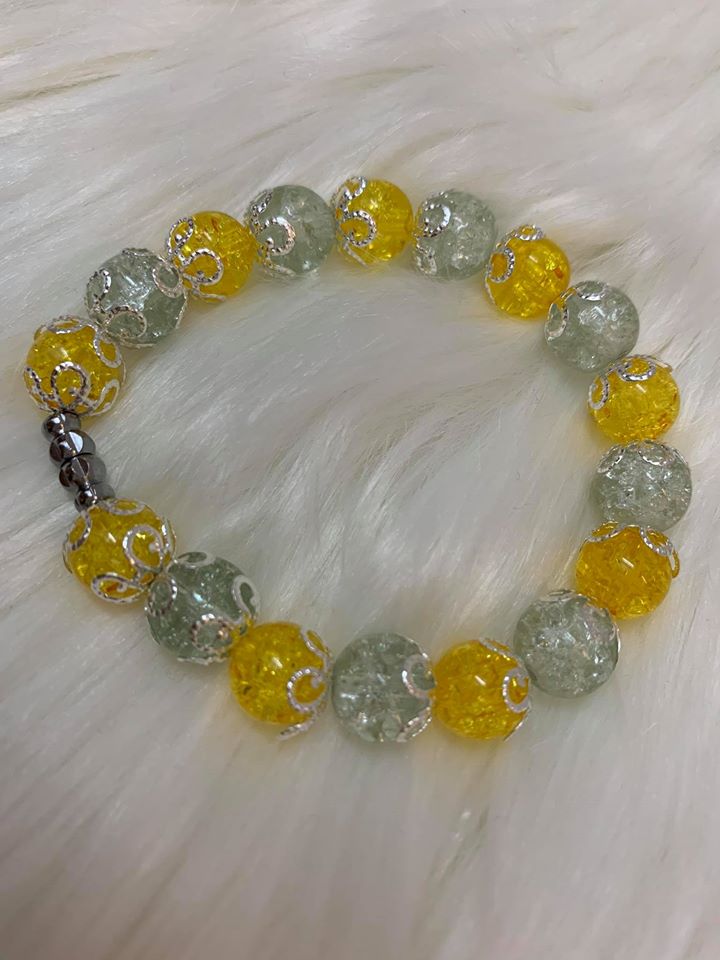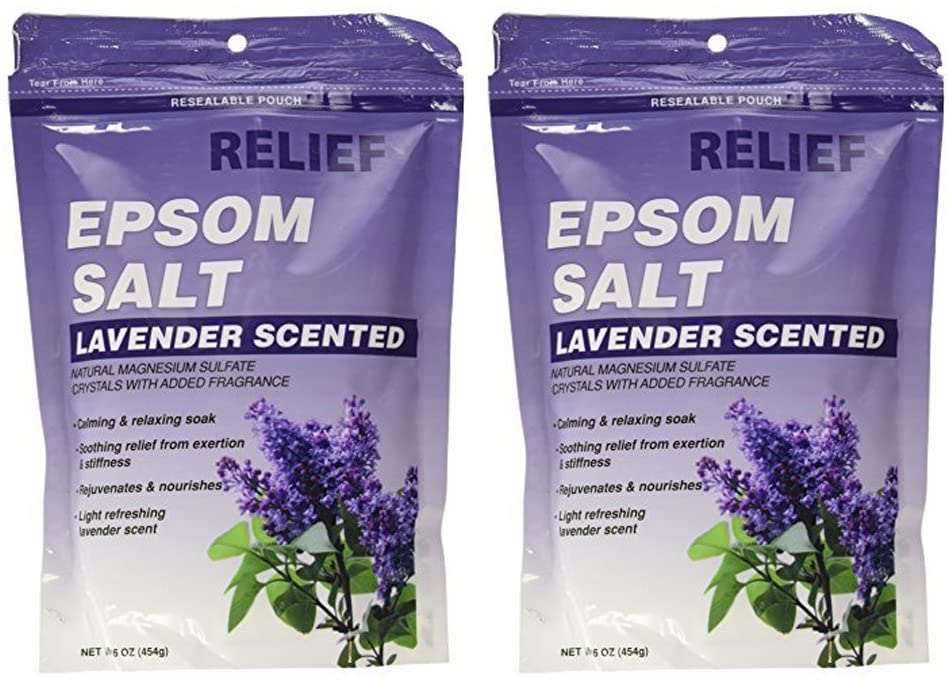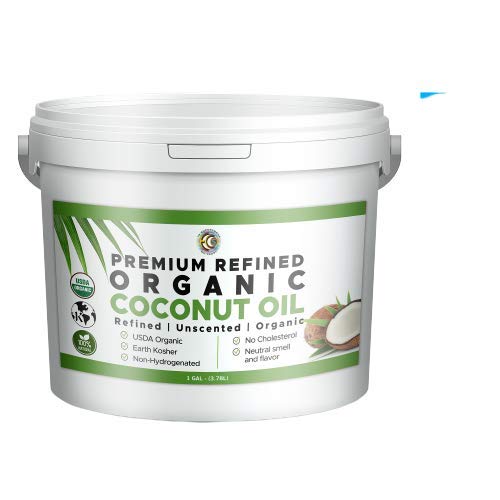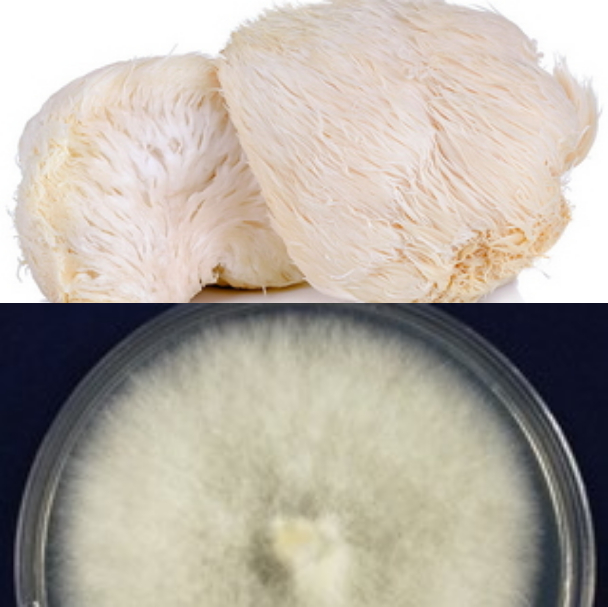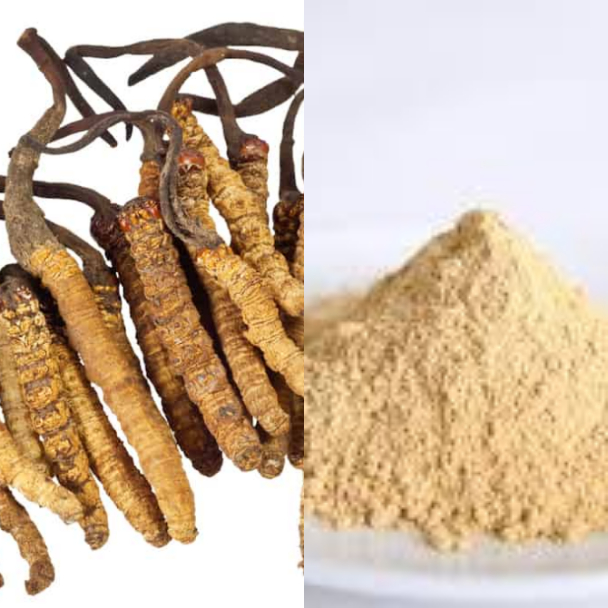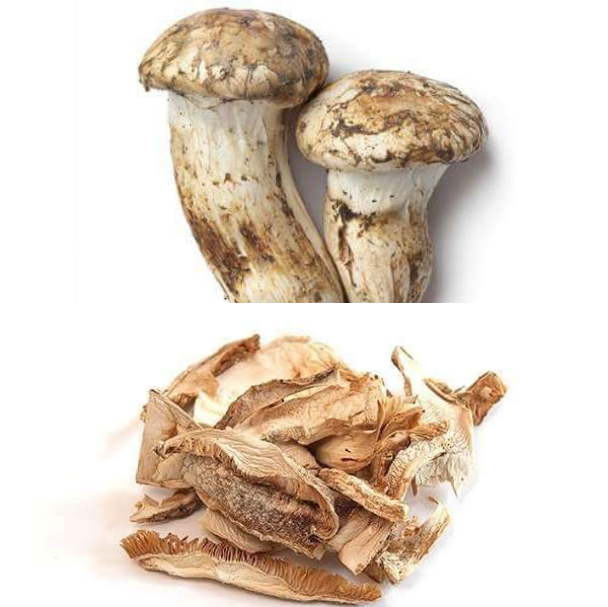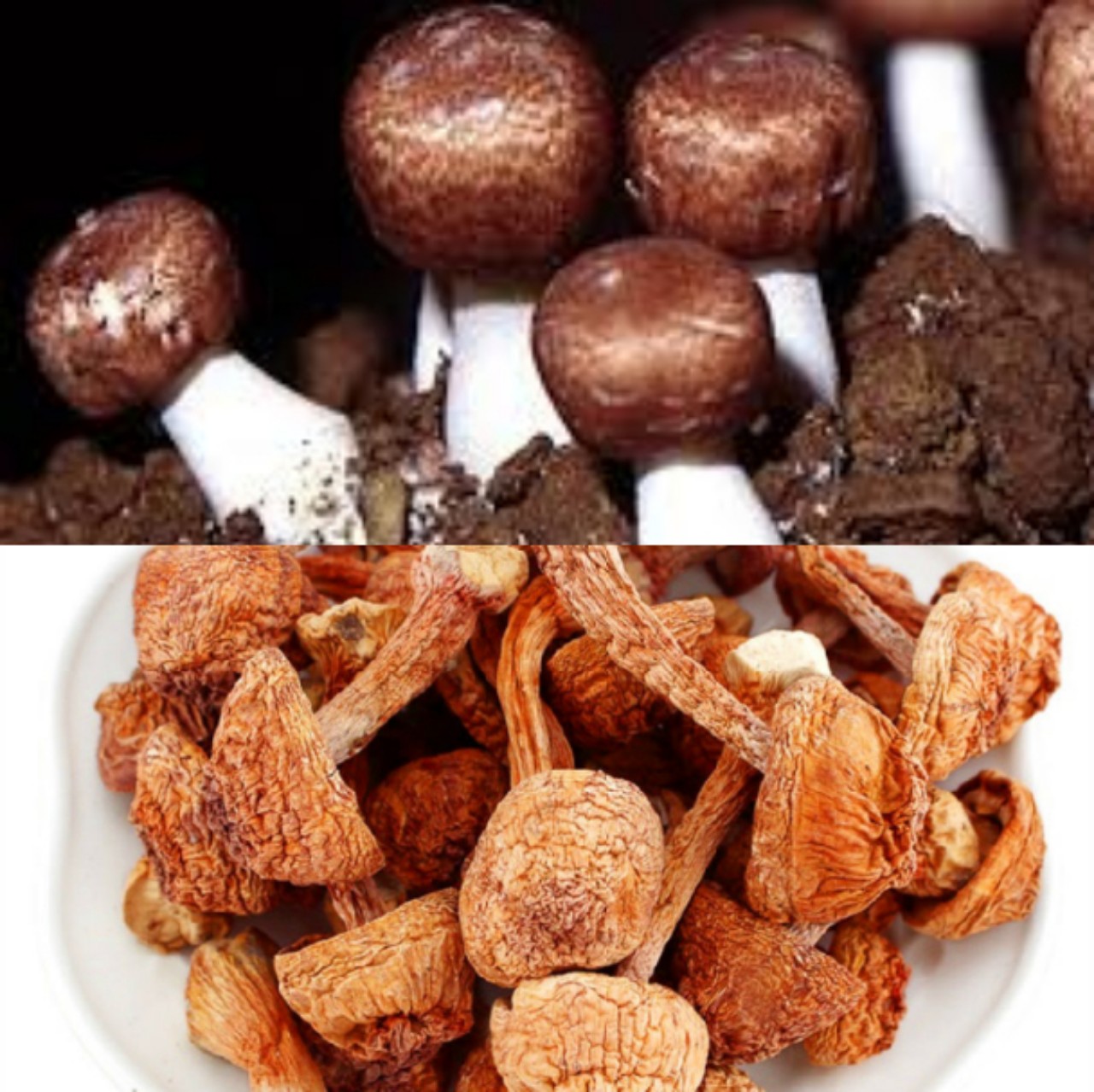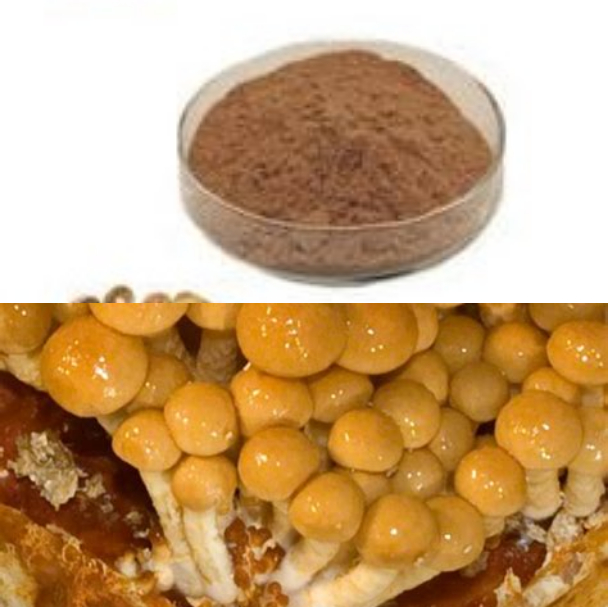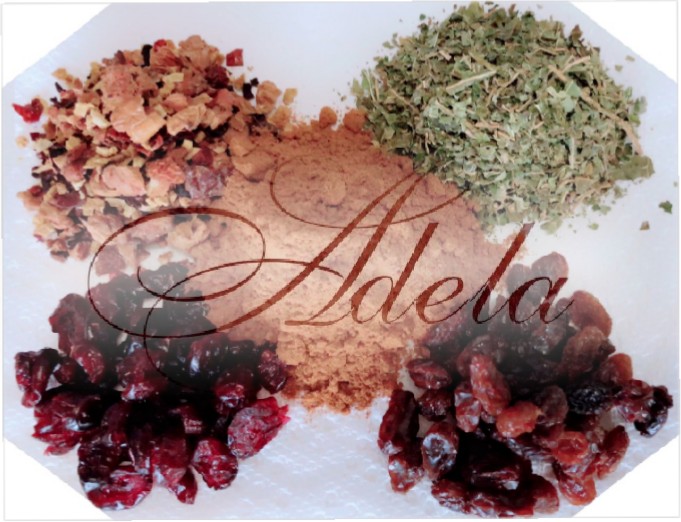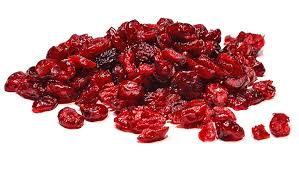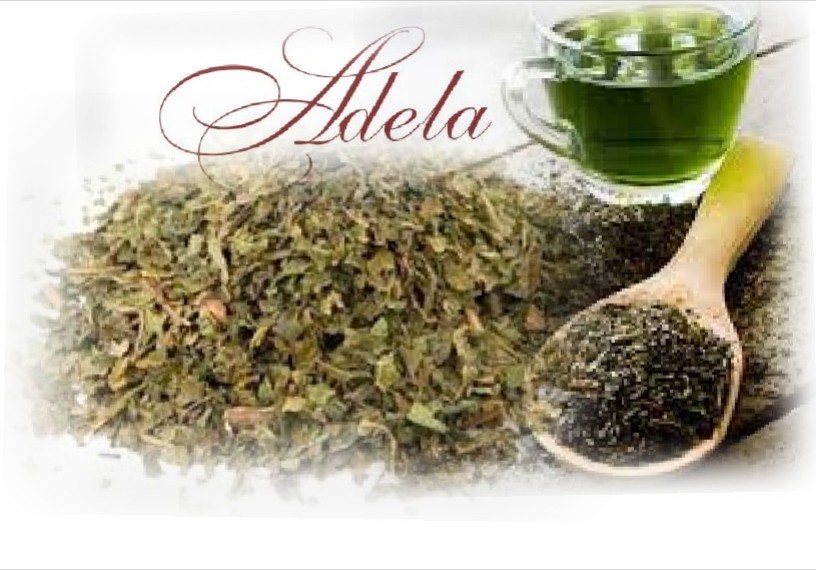Description
Hericium erinaceus, most commonly known as lion’s mane, is an edible fungus, with a long history of use in Traditional Chinese Medicine. The mushroom is abundant in bioactive compounds including β-glucan polysaccharides; hericenones and erinacine terpenoids; isoindolinones; sterols; and myconutrients, which potentially have neuroprotective and neuroregenerative properties. Because of its anti-inflammatory properties and promotion of nerve growth factor gene expression and neurite (axon or dendrite) outgrowth, H. erinaceusmycelium shows great promise for the treatment of Alzheimer’s and Parkinson’s diseases. The fungus was well tolerated in two clinical studies, with few adverse events reported.
Clinicians now have greater access to mycelium extracts, which are used clinically for their cytotoxic, antineoplastic, cardiovascular, anti-inflammatory, and immune-modulating activities.3–5 Functional studies and chemical assays also support their potential to act as analgesic, antibacterial, antioxidant, and neuroprotective agents. A number of mushrooms, including Sarcodon scabrosus, Ganoderma lucidum, Grifola frondosa, and Hericium erinaceus are reported to have activities related to nerve and brain health.6Hericium erinaceus, a member of the Herinaceae family, is a culinary and medicinal mushroom. Both the mycelium and fruiting bodies of H. erinaceus have been shown to have therapeutic potential for brain and nerve health.7 The unique neurological activities of this fungus are the subject of this review.
POLYSACCHARIDES
Fungal polysaccharides are found mainly in cell walls, and are present in large quantities in both fruiting bodies and cultured mycelium. Hericium erinaceus fruiting bodies (HEFB) contain immunoactive β-glucan polysaccharides, as well as α-glucans and glucan-protein complexes.12 A total of more than 35 H. erinaceus polysaccharides (HEP) have been extracted to date from cultured, wild-growing, or fermentative mycelia and fresh/dried fruiting bodies. Of these β-glucans represent the main polysaccharides. HEP are composed of xylose (7.8%), ribose (2.7%), glucose (68.4%), arabinose (11.3%), galactose (2.5%), and mannose (5.2%).4 Four different polysaccharides isolated from the H. erinaceus sporocarp show antitumor activity: xylans, glucoxylans, heteroxyloglucans, and galactoxyloglucans.5 Chemical analysis shows that the total content of HEP found in fruiting bodies is higher than that in mycelium.


 +808-8888850
+808-8888850
